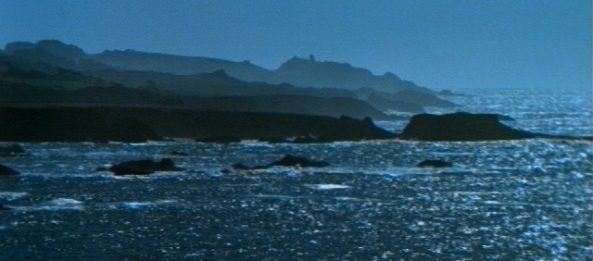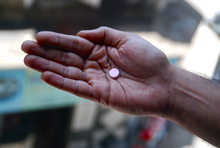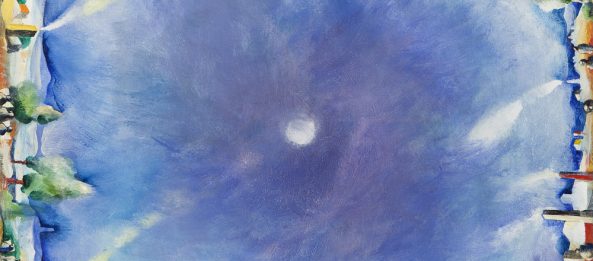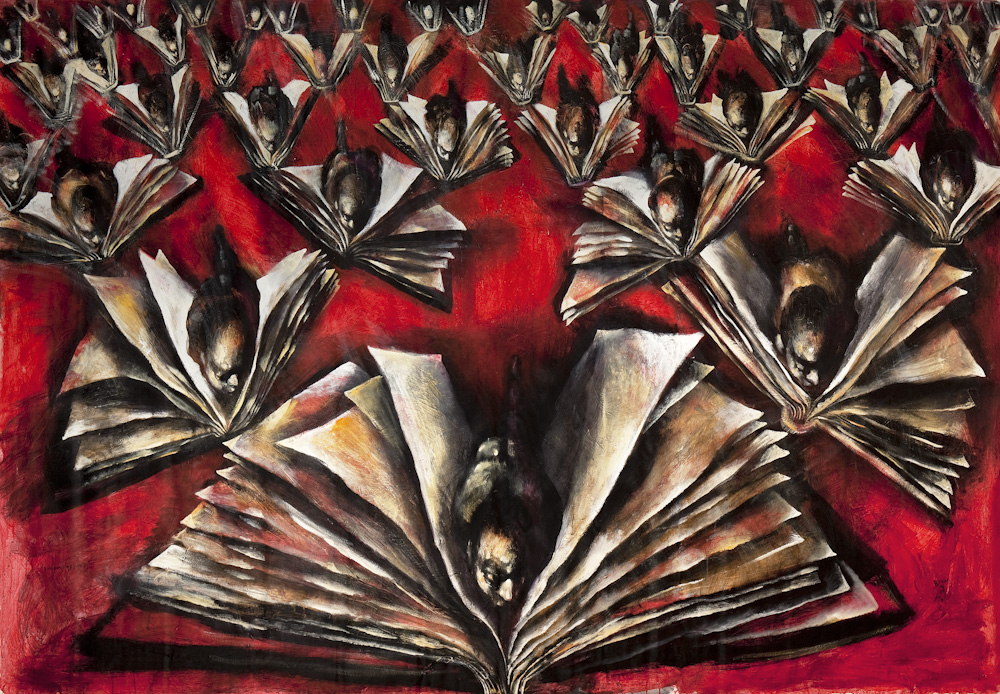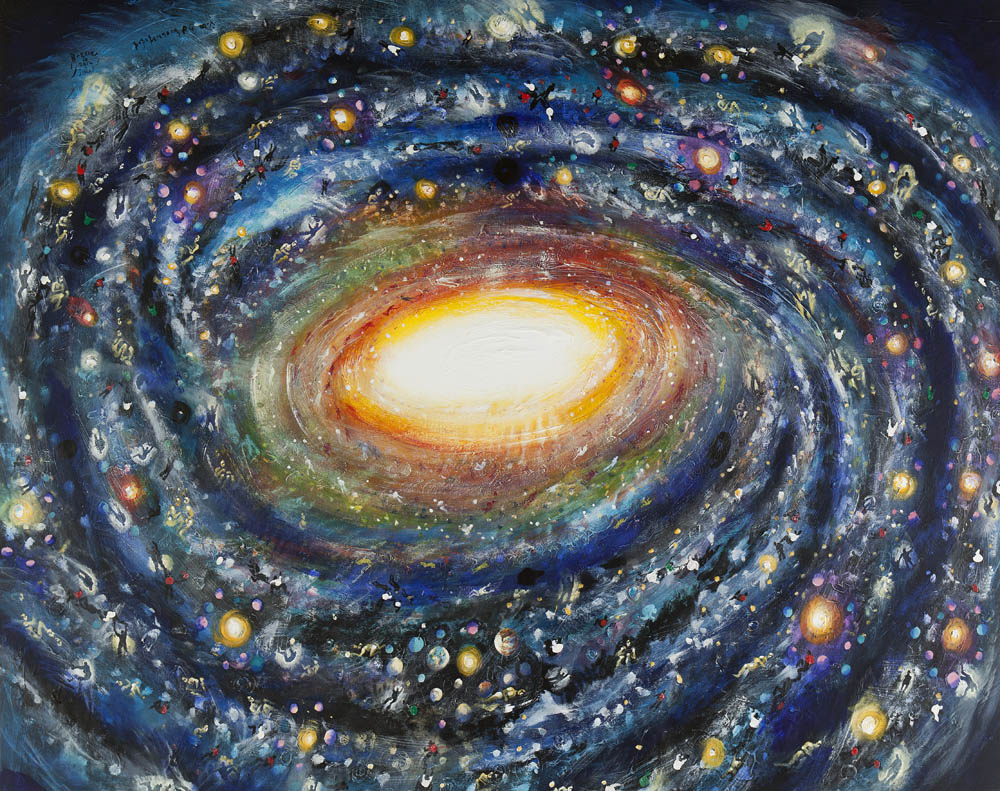David Breuer-Weil’s Project 4 is an underground voyage through eternity. The show seems to chart the ascent of man from the depths of the remote past, through the present, and forward into the far future, in parallel journeys of physical and spiritual evolution.
Walking down the steps to the graffiti-covered underpass, one is surprised by the almost club-like entrance to the exhibit. Thankfully we were both on the guest list and over 18, and so duly proceeded into the Vaults, where we were greeted by professional, welcoming staff who directed us to the cloakroom, where it was a relief to give up our coats and umbrellas.
Once fortified with champagne, we started our journey of discovery in the Aspiration room. Aspiration means both hope and breath, and this sentiment is embodied by the sculpture Emergence rising out of the earth like the birth of man, paralleling the consumerist growth of modernism – depicted in several of the room’s paintings by terraced houses accompanied by their paraphernalia of sofas, lamps, pianos, etc.
 The second space, Community, charts pivotal moments in the concept of oneself and one’s surroundings, as in Birth, which shows small groups of people coming up out of water in their own community unit bubbles. Individuals inspired both reviewers, with one seeing a roadway turned sideways to symbolise a tunnel out of the earth, while the other (with a degree in Art History) was impressed by what she called “gooey plop!”
The second space, Community, charts pivotal moments in the concept of oneself and one’s surroundings, as in Birth, which shows small groups of people coming up out of water in their own community unit bubbles. Individuals inspired both reviewers, with one seeing a roadway turned sideways to symbolise a tunnel out of the earth, while the other (with a degree in Art History) was impressed by what she called “gooey plop!”
Commodification, on two levels, represents two dimensions in three. Downstairs a giant foot (of God?) awakens Neanderthal consciousness, whilst on the upper level heads within heads explode from inside each other, with Interior resembling a bird’s nest of baby heads. Back on the lower floor, Translations is the embodiment of being part of a book, and of how literacy contributed to the development of humanity.
 Moving into Itinerancy, Origin shows the earth as a womb cracking open to spread mankind over its surface. Frame symbolises the industrialisation of nature, whilst expressing a sense of serenity and beauty that is in contrast to the dynamism of many other pictures in the exhibition.
Moving into Itinerancy, Origin shows the earth as a womb cracking open to spread mankind over its surface. Frame symbolises the industrialisation of nature, whilst expressing a sense of serenity and beauty that is in contrast to the dynamism of many other pictures in the exhibition.
Continuity continues the human story into the future, with the 6 Orbit Panels echoing the Age of Aquarius. Orbit 2 (Interiors) is the culmination of the isolation of modern humankind – individuals in rooms with only technology for company – the ultimate extrapolation of the bubble in Birth. We move forward as man makes his way into space, with Milky-Way being the highlight of the show for both reviewers. This is a sensitive representation of a beautiful celestial event, with the artist cleverly dropping in humans to float around the nebula.
 In the final room, the exhibition appears to culminate in our own destruction, with exodus, fire and destruction characterising the paintings with titles such as Mortals and Afterlife 2. After travelling through time, we watched a video of the making of David Breuer-Weil’s guide to the galaxy, with one reviewer finding the sight of the artist spreading paint across the canvas to be both erotic and inspiring.
In the final room, the exhibition appears to culminate in our own destruction, with exodus, fire and destruction characterising the paintings with titles such as Mortals and Afterlife 2. After travelling through time, we watched a video of the making of David Breuer-Weil’s guide to the galaxy, with one reviewer finding the sight of the artist spreading paint across the canvas to be both erotic and inspiring.
Project 4 is an amazing and awe-inspiring exhibition, which cannot be recommended highly enough. We were there for an hour, but could happily have stayed for three times as long. A wonderful show in a sympathetic environment: it is not to be missed.
Project 4 is at The Vaults, Arch 233, Leake Street, London SE1 7NN until Saturday 24 March 2013, open Monday-Saturday, 10am – 6pm and Sunday 12 – 4pm. Admission is free. For more information visit http://www.davidbreuerweil.com.
Mary Tynan and Fay Ryder
